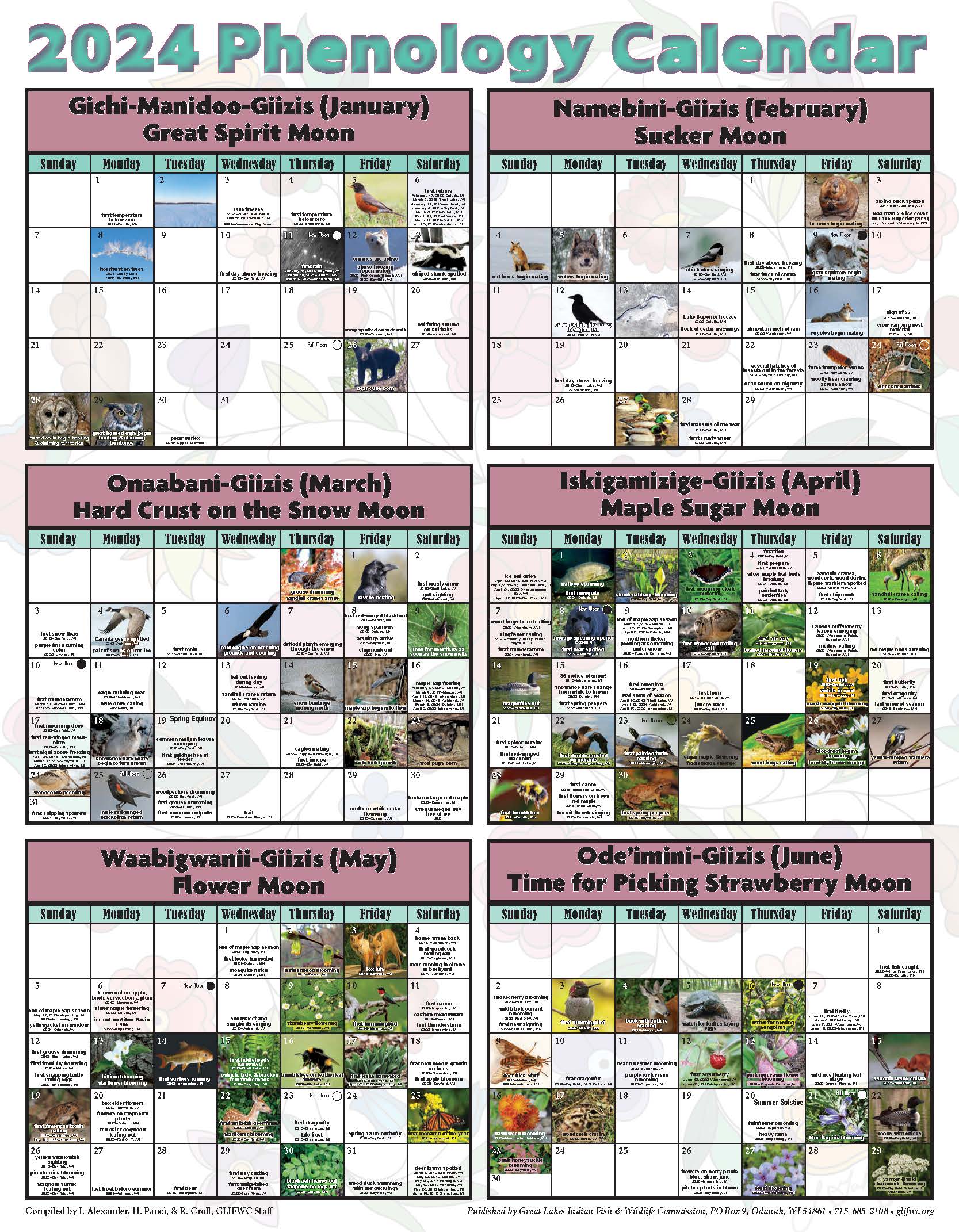GLIFWC’s Climate Change Program
Climate change is altering our environment, shifting and disrupting plant and animal habitats and affecting how Anishinaabeg gather treaty resources. GLIFWC’s Climate Change Program is working to define the extent and severity of these changes in the Ceded Territories in order to assist its member tribes in co-managing treaty resources.
Click on any of the images in the slideshow to learn more about GLIFWC’s climate change projects |
Climate Change Program Updates:
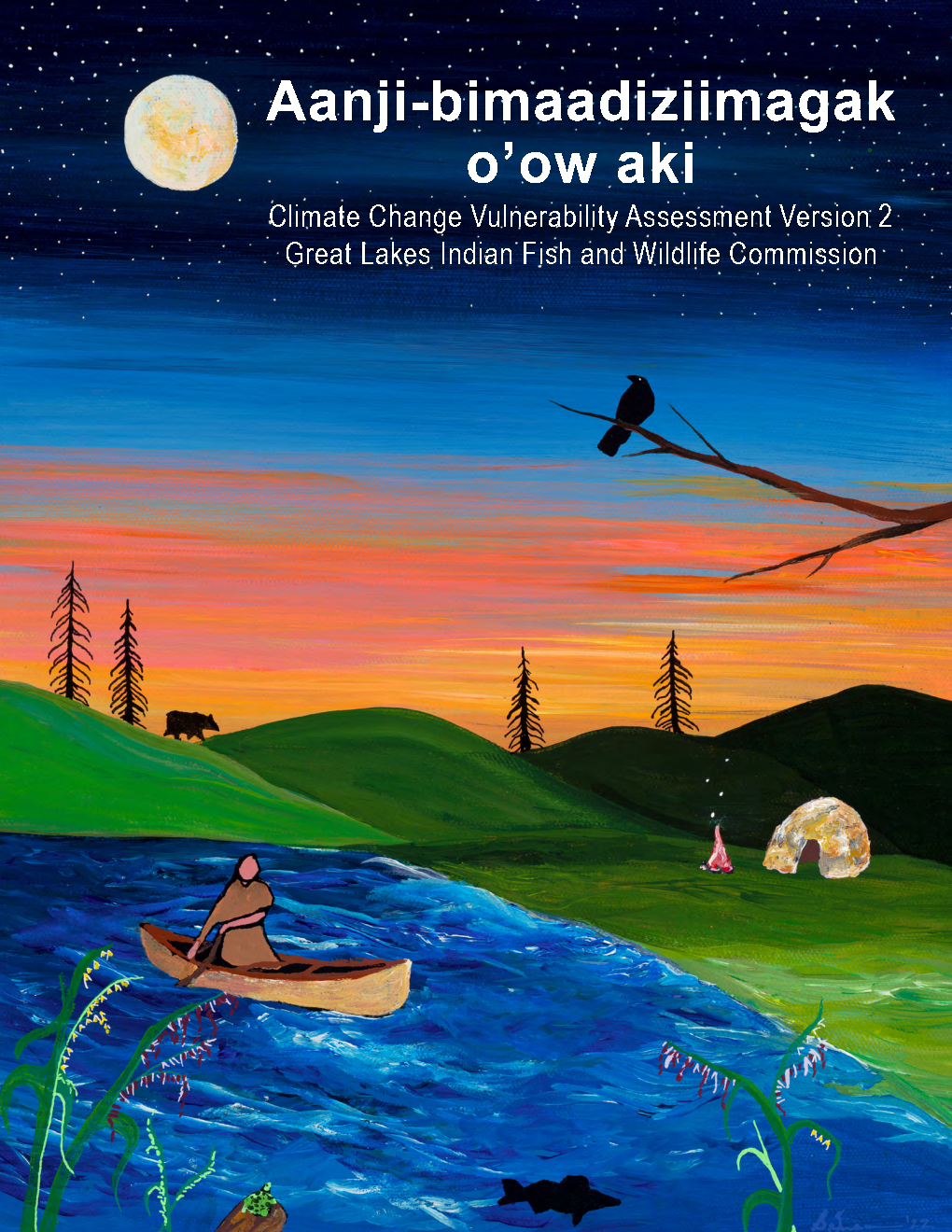
|
Aanji-bimaadiziimagak o’ow akiThe GLIFWC Climate Change staff have released Version 2 of the Vulnerability Assessment, entitled Aanji-bimaadiziimagak o’ow aki. Please see also Version 1, published in 2018. Aanji bimaadiziimagak o’ow aki, the second version of the GLIFWC Vulnerability Assessment, is an attempt to weave together Traditional and Scientific Ecological Knowledge (SEK) to examine the climate change vulnerability of a set of beings in the upper Midwest Ceded Territories by the mid-21st century. The assessment is divided into several parts: 1) an introduction, including an explanation of treaty rights and the origins and goals of the GLIFWC Climate Change Program; 2) a section on projected climate change impacts to the Ceded Territories and examples of impacts on cultural practices; 3) a methods section describing how the assessment was conducted, including a description of the Traditional Ecological Knowledge (TEK) interviews and the use of the NatureServe Climate Change Vulnerability Index; 4) a results section, with a summary of results from all beings in the assessment; 5) a discussion section that explores different themes found in the assessment and outlines next steps; and 6) a series of pages for each of the beings in the assessment, containing information from TEK and SEK on how each might be impacted by climate change. The assessment is meant as a resource for GLIFWC’s member tribes and their tribal and non-tribal partners, to help them prepare for upcoming changes and to help them care for those who take care of us. |
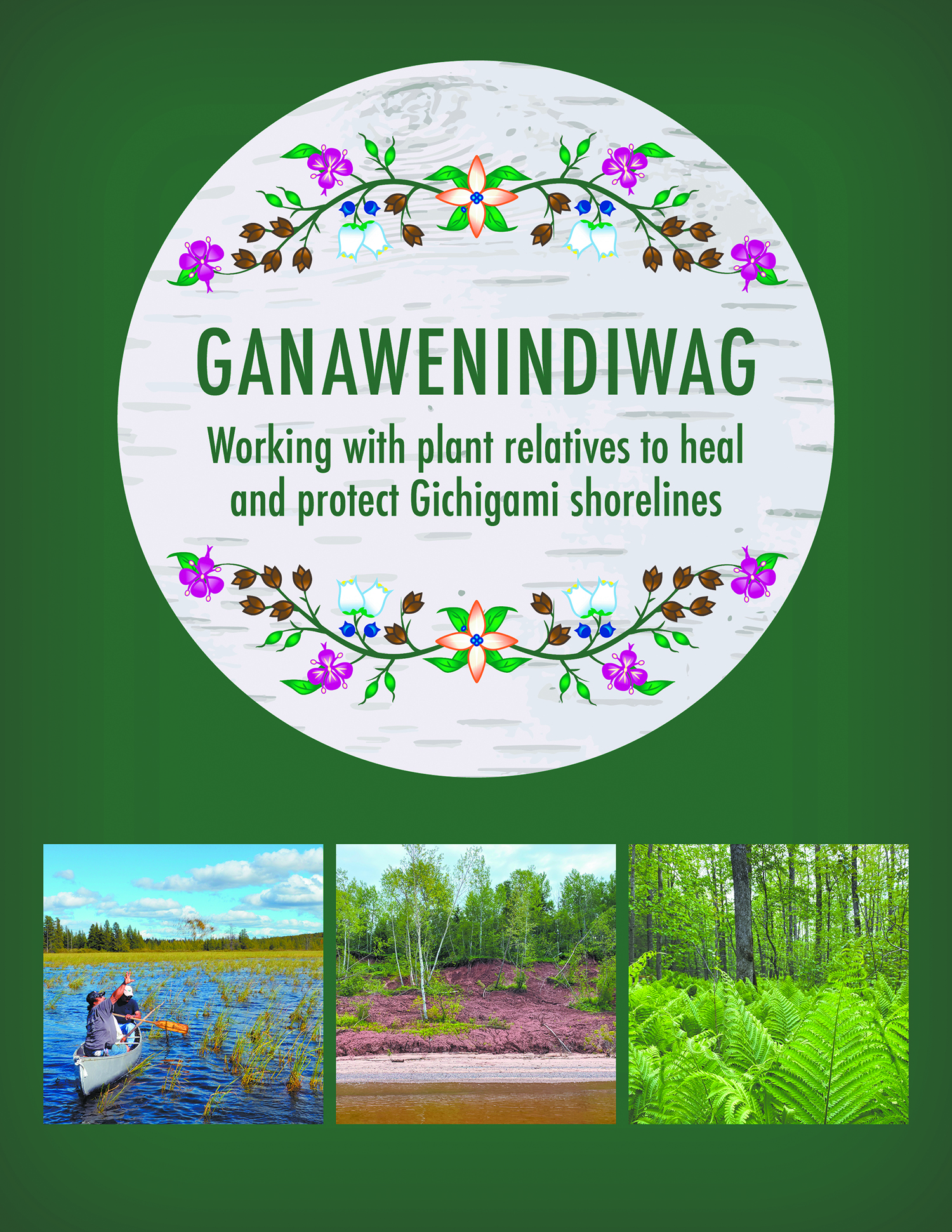
|
New resource, available now, invites care for coastal plant relativesThe Lake Superior National Estuarine Research Reserve (Reserve) and the Great Lakes Indian Fish and Wildlife Commission (GLIFWC) announce the release of Ganawenindiwa: Working with plant relatives to heal and protect Gichigami shorelines, a new resource available to view and download online:Ganawenindiwag. |
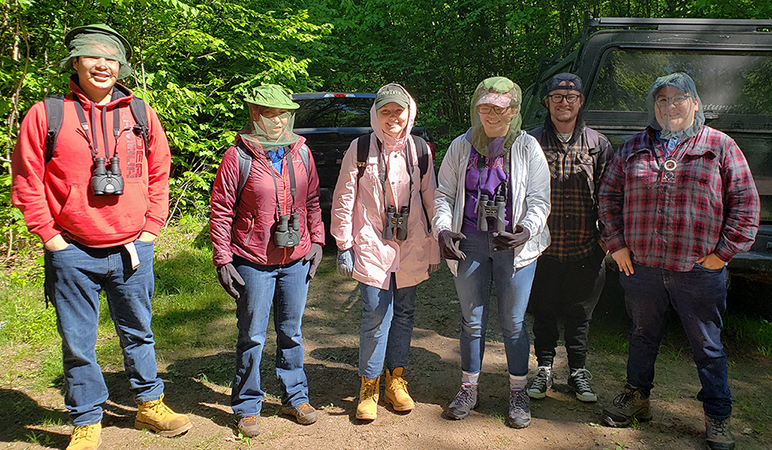
2019 GLIFWC Interns (L-R: John (Nam) Corn, Candace Thompson, Gabrielle Farrell, Joslyn Beaulieu-Newago, Bryce Danke, Sky Isham) collecting phenology data and locating wiigwaasitigoog (Paper birch) for sampling in the 1842 ceded territory |
| Poster presented at National Adaptation Forum and Northeast Climate Science Center regional meeting. GLIFWC staff presented this poster at two recent meetings. The poster is a visual representation of some of the information we've gathered from TEK interviews and some results from our vulnerability assessment. |
GLIFWC wants to hear about what you’ve been seeing. GLIFWC climate change staff are collecting phenological observations from around the Ceded Territories. Help us study phenology and climate change by submitting observations such as plants budding, animal sightings, unusual storms, or anything else at this link: GLIFWC Phenology Calendar Submission
New Fall PhenoCam footage. One way GLIFWC climate change staff can closely monitor phenology – without having to visit the study sites daily – is by setting up remote cameras that capture images every 30 minutes. This video shows the time-lapse footage of dagwaagin (autumn) in fast motion at GLIFWC’s phenology site in the Chequamegon-Nicolet National Forest.
Primary Contacts:
|
Robert Croll Climate Change Program Coordinator 715-682-6619 ext. 2101 |
Melonee Montano TEK Outreach Specialist 715-682-6619 ext. 2116 |
Hannah Panci Climate Scientist 715-682-6619 ext. 2167 |
Aaron Shultz |
Other GLIFWC personnel also assist in climate change research and evaluation.
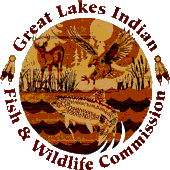
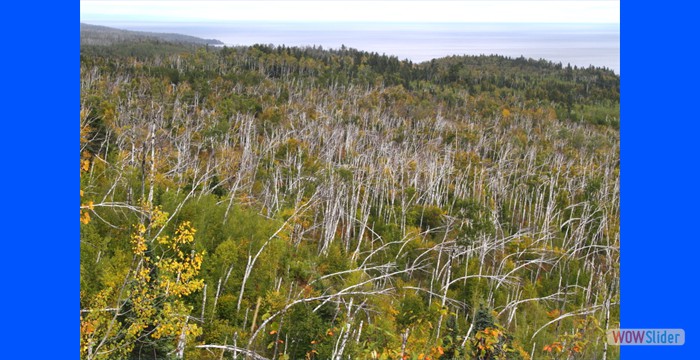
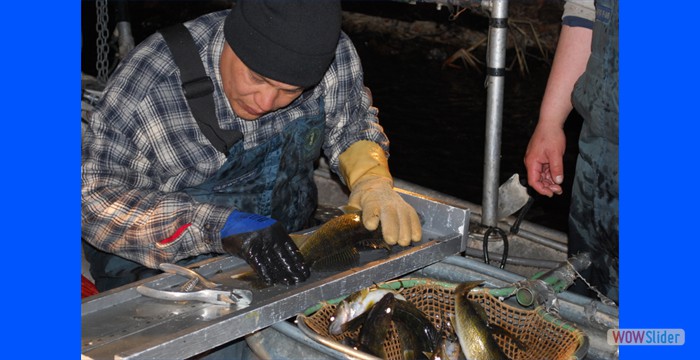
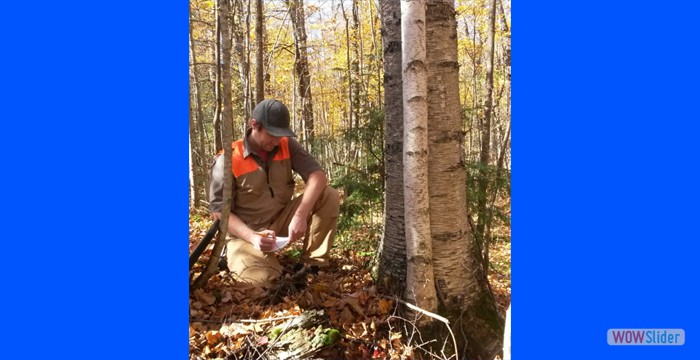
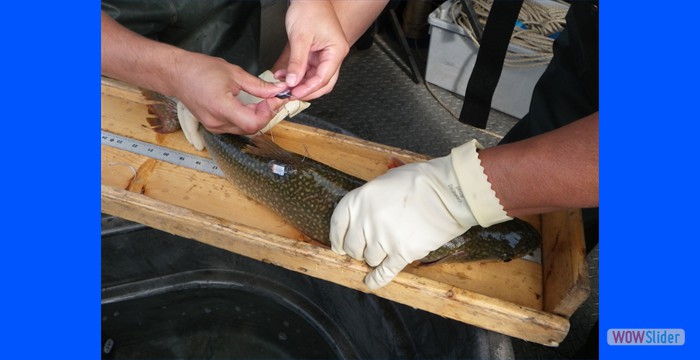
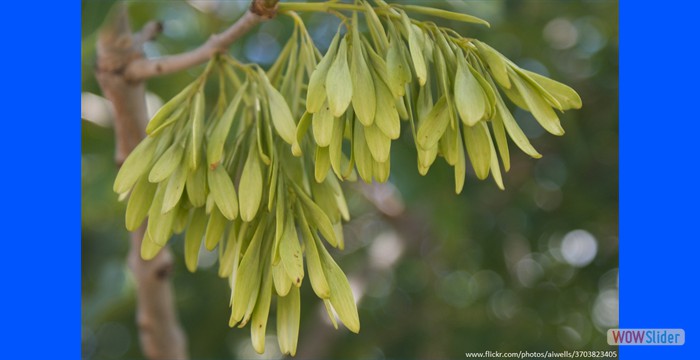
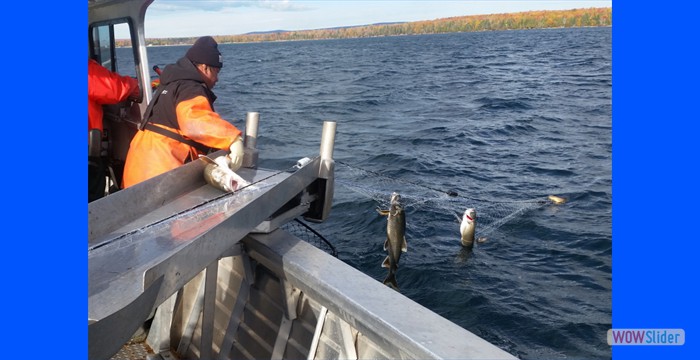
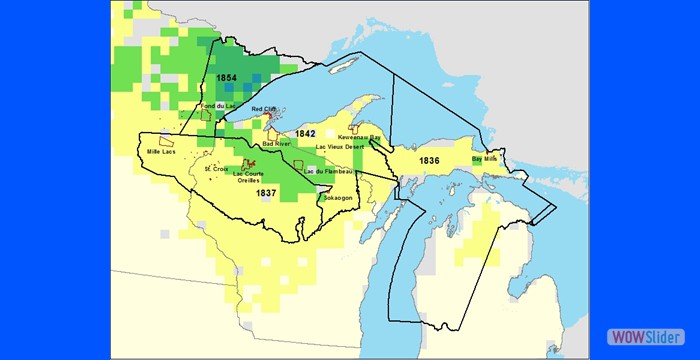

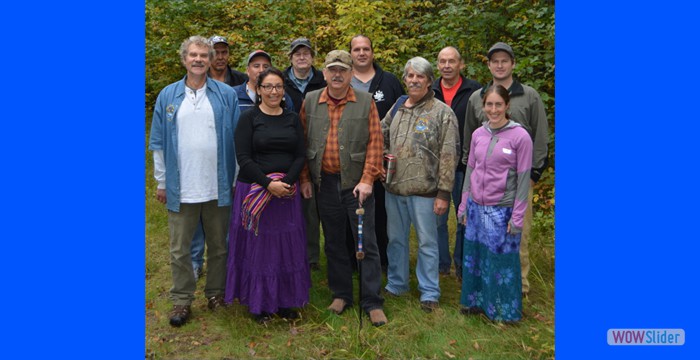
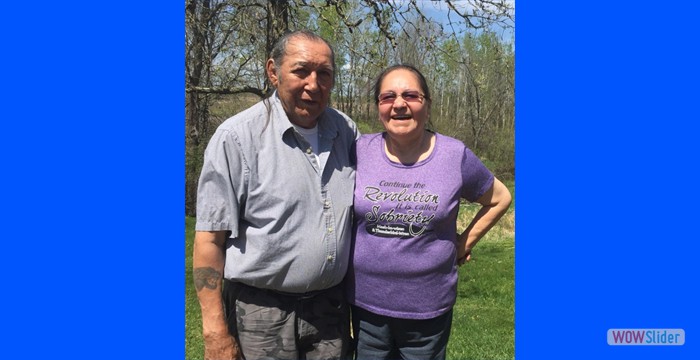
 1
1 2
2 3
3 4
4 5
5 6
6 7
7 8
8 9
9 10
10